Research Area: Agriculture Transformation, Food Systems & Nutrition Transition

Book Review: The Evolving Sphere of Food Security
Read the article
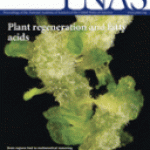
The Hunger Metrics Mirage: There’s Been Less Progress on Hunger Reduction Than It Appears
Abstract As the timeframe for achieving the Millennium Development Goals (MDGs) came to an end in 2015, the United Nations lauded great progress, calling its MDG campaign the “most successful anti-poverty movement in history.” In its final progress report, the United Nations states that poverty...

Transitioning Towards Nutrition-Sensitive Food Systems in Developing Countries
Abstract A nutrition-sensitive food system is one that goes beyond staple grain productivity and places emphasis on the consumption of micronutrient-rich nonstaples through a variety of market and nonmarket interventions. A nutrition-sensitive approach not only considers policies related to macrolevel availability and access to nutritious...
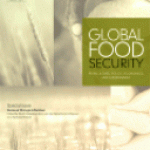
The Bumpy Road from Food to Nutrition Security – Slow Evolution of India’s Food Policy
Abstract Food Policy, in much of Asia, has been slow to transition from its historic focus on staple grain self-sufficiency to a more integrated approach to nutrition security. Research and policy discussions continue to focus on hunger and calorie deficiency rather than on the need for a balanced diets to address chronic micronutrient malnutrition...
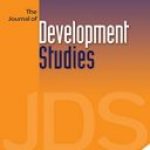
Does Non-farm Income Affect Food Security? Evidence from India
Abstract Livelihood diversification through greater non-farm activities has been considered as an important mechanism to propel growth, lower rural poverty and augment farm income across developing countries. Little, however, is known about its implications for nutritional outcomes such as dietary diversity. Using a nationally representative...
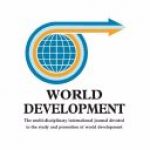
India’s Rural Transformation and Rising Obesity Burden
Abstract While obesity across rural India has doubled in the last decade, research explaining such an unprecedented change is sparse. This paper shows that the rise in the incidence of rural obesity is associated with the process of structural transformation, especially within rural spaces. As...

Ground Truthing the Cost of Achieving the EAT Lancet Recommended Diets: Evidence from Rural India
Abstract Read a policy brief based on this study. In this paper, we quantify the divergence in the cost of current diets as compared to EAT Lancet recommendations at the subnational-level in India. We use primary data on food prices and household food purchases, and...

Agriculture & Food Systems to 2050: Global Trends, Challenges and Opportunities
This book features a comprehensive foresight assessment, exploring the pressures — threats as well as opportunities — on the global agriculture & food systems between now and 2050. The overarching aim is to help readers understand the context, by analyzing global trends and anticipating change...
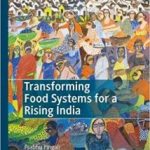
Transforming Food Systems for a Rising India
The Indian growth story is a paradoxical one. Despite economic progress over the past two decades, regional inequality, food insecurity, and malnutrition problems persist. Simultaneously, recent trends in obesity along with micro-nutrient deficiency portend to a future public health crisis. This book explores various challenges...

TCI Briefing: Spatial Trends in Indian Agriculture 1960s to 2000s
Using almost half a century of data on area and production of major crops at the district level from ICRISAT’s VDSA database, TCI has mapped the evolution in farming. Download the report (PDF)

